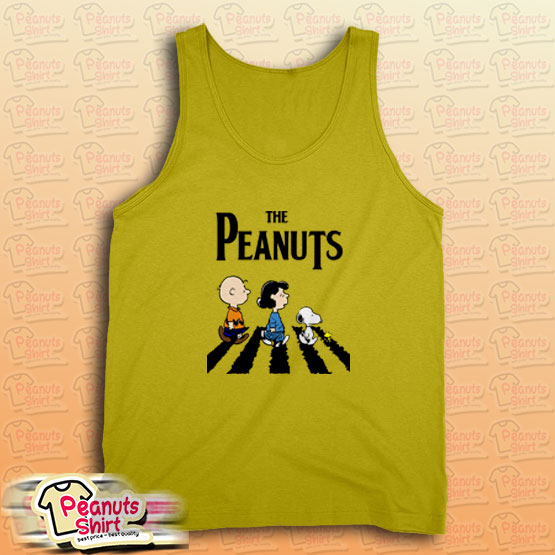Eat, Store, Loosen Up
This technique makes distribution to every store cheaper, as well as making multiple deliveries per day attainable. Generally, food items are delivered to every store two to 5 times a day from factories. Since products are delivered as wanted, shops don't want large stock areas. In some jurisdictions, comfort shops are licensed to promote alcohol, though many such jurisdictions limit such drinks to these with comparatively low alcoholic content material corresponding to beer and wine.
Japanese-type comfort stores also closely influenced those shops in other Asian regions or countries, similar to Mainland China, Taiwan, Thailand, and South Korea.Convenience stores rely heavily on the point of sale. Customers' ages and gender, as well as tomorrow's climate forecast, are important data. As the shop flooring sizes are limited, they have justice clothing store to be very careful in selecting what manufacturers to promote. In many circumstances, several stores from the identical chain do business in neighboring areas.
Such stores may also offer money order and wire switch providers, together with using a fax machine or photocopier for a small per-copy cost. Some also offer to promote tickets or recharge a smart card, just like the OPUS card in Montreal. They differ from common stores and village retailers in that they are not in a rural location and are used as a convenient supplement to bigger stores. Convenience stores promote approximately eighty % of the fuels bought within the United States. In the US, the shops are sometimes the one stores and companies close to an interstate highway exit where drivers can purchase any sort of food or drink for miles. Most of the profit margin from these shops comes from beer, liquor, and cigarettes.

Unless the outlet is a liquor store, the vary of alcoholic beverages is prone to be restricted (i.e. beer and wine) or non-existent. Most shops sell cigarettes and other tobacco merchandise (e.g. cigarette papers, pipe tobacco, cigars and e-liquid for e-cigarettes). In many North American jurisdictions, tobacco merchandise comprise the greatest portion of gross sales at convenience stores, between 25% and 35%. Varying levels of food and grocery provides are often obtainable, from household products to prepackaged foods like sandwiches and frozen burritos. Automobile-related objectsâ€"such as motor oil, maps and automotive kitsâ€"may be sold.
Although those three categories themselves usually yield decrease margins per merchandise, the sales quantity in these classes typically makes up for it. Profits per merchandise are a lot larger on deli items (bags of ice, chicken, and so forth.), but gross sales are typically lower. In some international locations, most comfort shops have longer shopping hours, some being open 24 hours. Various sorts exist, for example, liquor shops (off-licencesâ€"offies), mini-markets (mini-marts), general stores or celebration shops. Typically confectionery (sweets, ice-cream, soft drinks), lottery tickets, newspapers and magazines are bought although merchandise varies broadly from store to store.
